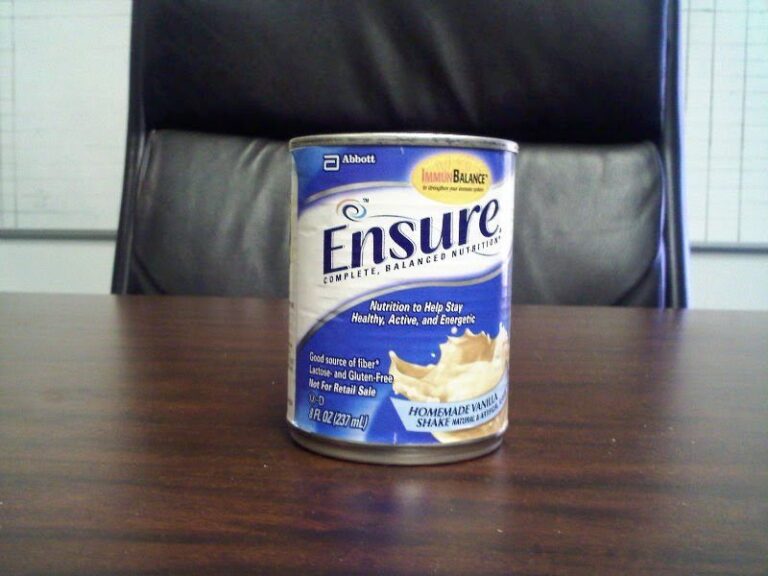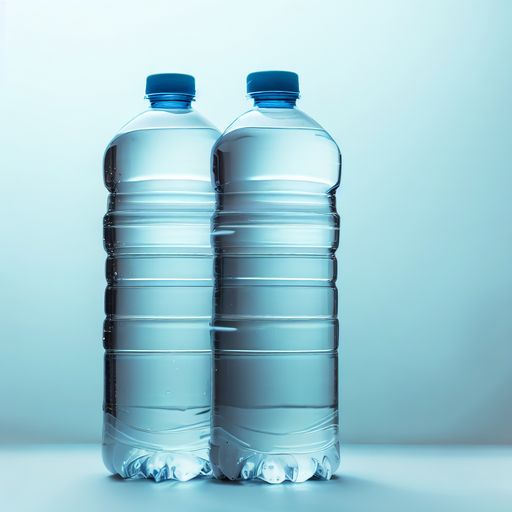What Happens If You Drink Expired Coffee Creamer?
Coffee creamer is a staple in many households. Adding a splash of creamy sweetness to your morning brew makes it more palatable and enjoyable. But like all dairy products, coffee creamers eventually expire. You go to grab your favorite French vanilla creamer one day and notice it’s a month past the expiration date printed on the bottle. Now you’re wondering – what happens if you use expired creamer in your coffee anyway? Will it make you sick or is it generally safe to consume?
In this comprehensive article, we’ll explore the signs of expired creamers, health risks associated with drinking outdated creamers, how long different types of creamers last, safe alternatives if you have nothing else on hand, when to definitively throw out creamers, and tips for proper storage. Read on to get the full scoop on the safety and risks of consuming expired coffee creamers.
Introduction to Coffee Creamers and Expiration Dates
Coffee creamers come in several forms, including powdered, liquid, and individual serving sizes. Powdered creamers have a longer shelf life, staying fresh for up to a year when stored properly. Meanwhile, liquid coffee creamers only stay fresh for about two weeks after opening.
The expiration date printed on creamer packaging is the manufacturer’s estimate of how long the unopened product will remain at peak quality if stored as recommended. It aims to ensure both optimal flavor and safety. However, some people wonder if drinking expired creamers poses any real health risks or if the taste is the only thing affected.
Consuming expired food products does increase your risk of foodborne illness. However, drinking expired coffee creamer is generally less risky than eating expired meat or eggs, for example. Often, the main concern is degradation in quality and taste. But microbial growth and chemical changes do make illness a possibility with very expired and improperly stored products.
Recognizing When Your Coffee Creamer Has Expired
Being able to identify signs of spoilage in your coffee creamer makes it easier to avoid consuming expired product. Here are some key indicators that your creamer is past its prime:
- Changes in color or texture: Fresh creamer is generally uniformly white or pale yellow with a smooth, creamy texture. Expired creamer may take on a curdled appearance, become watery, or separate.
- Clumping: Powdered creamers tend to clump and cake when expired, rather than flowing freely. This is due to moisture accumulation over time.
- Mold growth: Carefully check powdered creamer containers, especially around seams, for any fuzzy mold spots which indicate spoilage.
- Sour smell: Expired creamers often develop an unpleasant sour milk smell, while fresh creamers have an aromatic, sweet scent.
- Off tastes: Rancid or bitter flavors are a sure sign your creamer has gone bad. Taste a small amount if you notice any separations or smell issues.
If you notice substantial changes in the look, smell, or taste of a coffee creamer, it’s safest to discard it. Trust your senses – you’ll know when a creamer doesn’t seem quite right.
What Happens If You Drink Expired Coffee Creamer?
Drinking expired coffee creamer comes with some health risks to be aware of:
- Foodborne illness: Outgrowth of bacteria over time can release toxins that cause symptoms like vomiting, diarrhea, and fever. Staphylococcus bacteria is a common culprit.
- Gastrointestinal issues: Even without full-blown illness, you may experience nausea, stomach cramps, or diarrhea from the altered proteins and fats.
- Increased risk with very old/improperly stored creamers: The older creamer is past its expiration date, the more microbial growth may have occurred, especially if stored in warm conditions.
It’s important to note that the health risks depend on the specific type and age of the expired creamer:
- Liquid vs. powdered: Liquid creamers have higher water content so they tend to spoil faster. Powdered creamers are less prone to bacterial growth.
- Dairy vs. non-dairy: Dairy-based creamers pose more risks than plant-based options, due to potential microbial growth.
- Past-date: The further past the expiration, the higher the risks due to continued deterioration.
If you experience concerning symptoms like vomiting or diarrhea after drinking expired creamer, be sure to contact your doctor, especially if symptoms are severe or last more than a day or two. Otherwise, your body will likely recover on its own.
Shelf Life and Proper Storage of Coffee Creamers
To avoid waste – and safety issues – it helps to understand how long coffee creamers stay fresh, as well as how to store them for maximum shelf life.
Shelf Life of Various Coffee Creamer Types
- Powdered creamers: 6-12 months after opening.
- Liquid creamers: 10-14 days after opening.
- Individual liquid creamers: 6-12 months if unopened.
Of course, these timelines assume proper storage at cool temperatures. The date printed on the creamer container should always be your guide for when it’s time to replace it.
Proper Storage Guidelines
To extend freshness always:
- Store bags and bottles in the refrigerator after opening.
- Keep creamer containers tightly sealed between uses.
- Check expiration dates and plan your purchases accordingly.
- Buy only what you will use within the recommended timeframe.
Temperature control and limiting air exposure are key to inhibiting microbial growth and preserving quality. Follow the storage instructions on packaging and refrigerate opened creamers.
Safe Alternatives When You Only Have Expired Creamer
Occasionally, you may find yourself without fresh creamer when you go to make your morning brew. If you want to mitigate the risks of using expired creamer, here are some harm reduction tips:
- Heat it – Microwaving or boiling expired creamer for 1-2 minutes may kill harmful bacteria. Let it boil before using.
- Use in small amounts – Limiting your exposure to smaller servings lowers any risks.
- Substitute with milk – Fresh milk has less safety concerns than aged creamer.
- Switch to black coffee or herbal teas if you have no milk or creamers. A sprinkle of cinnamon can provide flavor without the risks of expired dairy.
The risks are fairly low if you use expired creamers sparingly. But children, pregnant women, older adults, and those with compromised immunity should avoid completely. When in doubt, it’s better to be safe than sorry.
When to Toss Out Expired Coffee Creamers
Following these guidelines will help you determine when it’s time to throw away expired coffee creamer:
- If mold is present – Detection of even a tiny spot of mold means the product is contaminated and shouldn’t be consumed.
- If the creamer smells or tastes off – Rancid odors or bitter taste indicate it’s no longer palatable or safe to drink.
- If the texture has changed substantially – Separation, clumping, and curdling all signal instability.
- Past the 3-6 month safety window – Even if it looks fine, don’t take chances with creamers more than 3-6 months past their printed expiration date.
Trust your senses. The signs of expired creamer will be obvious. Remember, dairy products don’t improve with age so if in doubt, toss it out!
Storing Coffee Creamers Properly to Maintain Freshness
Proper storage makes a big difference in coffee creamer shelf life. Here are some tips:
- For powdered creamers, store the bag in a cool, dry place or in the refrigerator after opening. Seal tightly.
- Liquid and individual creamers must be refrigerated after opening. Replace if not used within 10-14 days.
- Check expiration dates and buy only what you’ll use in time. First in, first out!
- Keep storage areas and containers clean. Wipe drips from creamer bottle rims to prevent bacterial growth.
- Never return creamers to the fridge if left out overnight. Heat accelerates spoilage.
Following basic storage guidelines optimizes freshness and quality so you can enjoy your coffee creamers while they’re safe and tasty!
Conclusion: Be Cautious with Expired Creamers
While drinking expired coffee creamer isn’t guaranteed to make you sick, it does come with increased food safety risks. To avoid issues, be vigilant about proper refrigerated storage, observe creamer expiration dates, and inspect closely for any signs of spoilage like changes in appearance, texture, or smell. Never consume creamer that is moldy or more than 3-6 months past date.
The bottom line is it’s better to err on the side of caution and use creamers only while fresh. But if you do find yourself with expired creamer as your only option, heat it thoroughly before adding small amounts to your coffee or substitute with fresh milk. Your best bet is to always have unexpired creamers like shelf-stable singles or powdered creamer stocked so you never have to take risks with expired dairy products.






